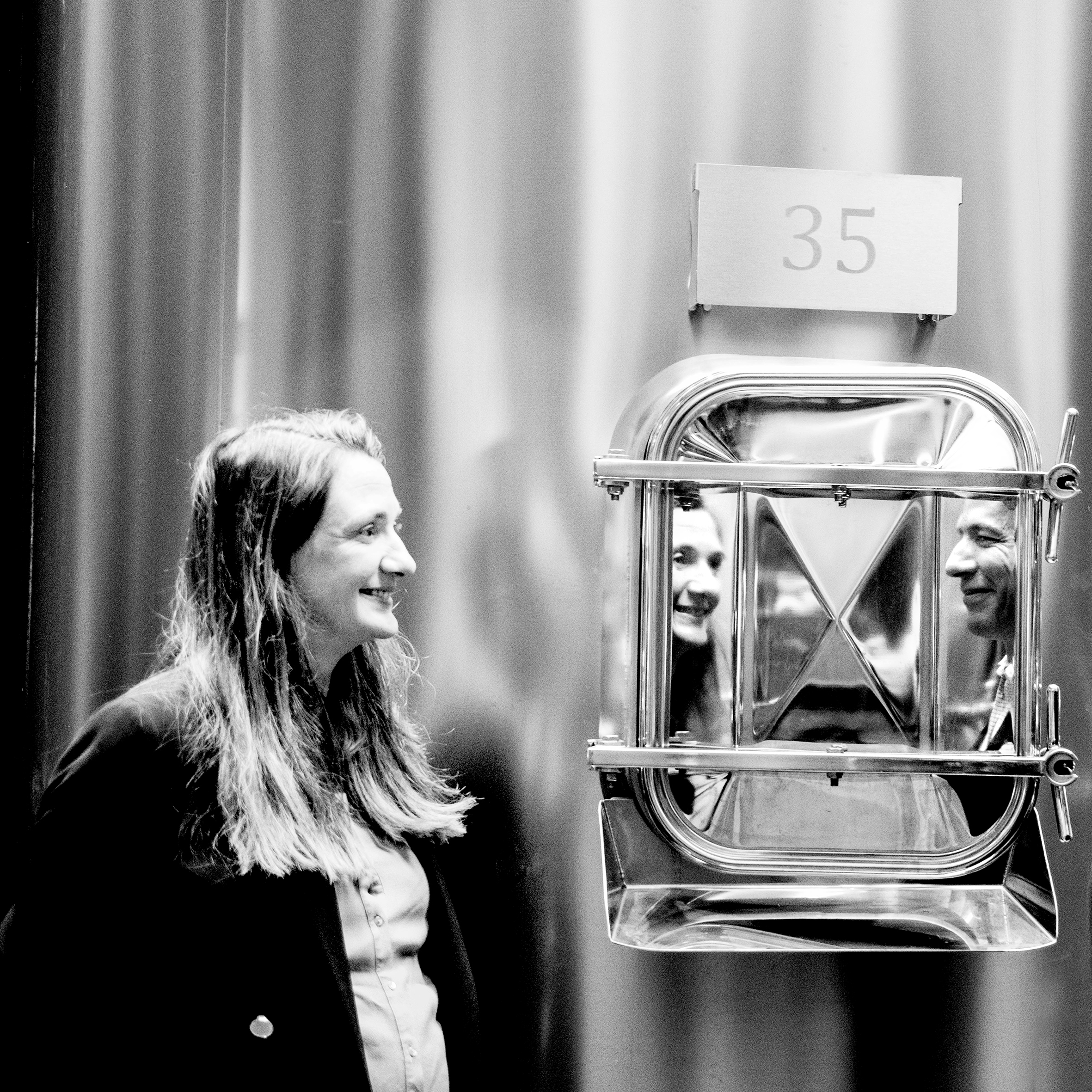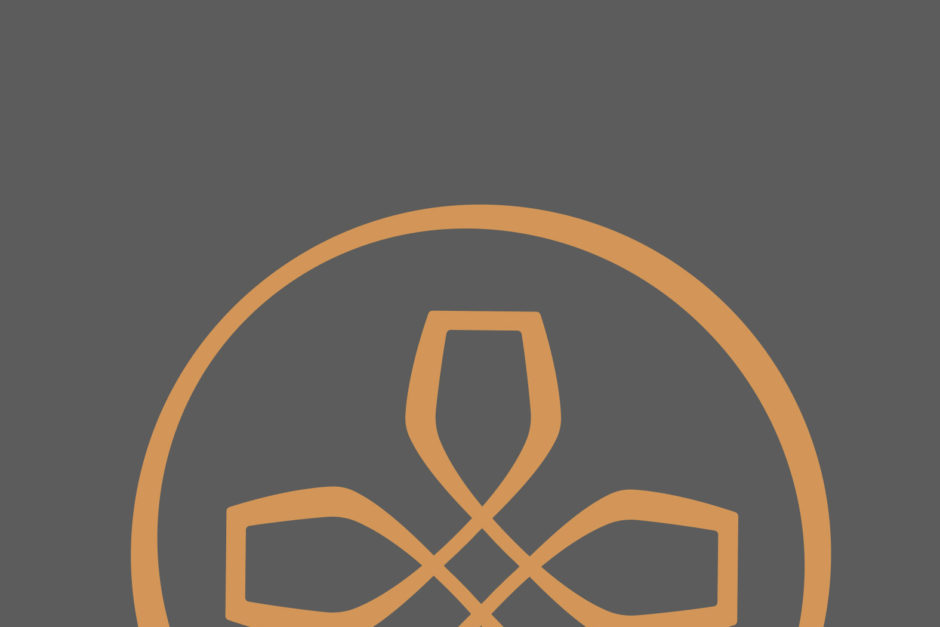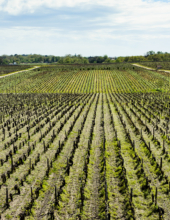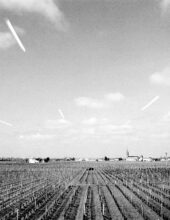07th Mar 2024
Changes are afoot at Château d’Armailhac. Superbly situated in Pauillac between Mouton-Rothschild and Pontet-Canet, owned by the Baron Philippe de Rothschild SA family since 1933, this diamond in the rough fifth growth has long been a solid performer but rarely a dazzler. Following the construction of an impressive new winery in 2021 and with a fresh team dedicated to improving the quality of this historic property, prepare to be dazzled with recent vintages and in the years to come.

Diamond in the Rough
Originally named Château Mouton d’Armailhacq, the estate dates to the mid-1700s and was classified as a fifth growth in 1855. Baron Philippe de Rothschild, owner of Château Mouton Rothschild, acquired the property in 1933. In 1956, Mouton d'Armailhacq was renamed Mouton Baron Philippe, then Mouton Baronne Philippe until 1988. 1989 was the first vintage under the Château d’Armailhac label after Baroness Philippine de Rothschild restored the name to its original identity.
Today, Château d’Armailhac has 82 hectares under vine, 75 of which are in production. An impressive new chai (barrel room and vat hall) was finished in 2021, the same year that director Lucie Lauilhe was hired, who works alongside cellar master Cédric Marc, and estates director/head winemaker for the group (including Mouton-Rothchild, Clerc Milon, and d’Armailhac) Jean-Emmanuel Danjoy.

"We are starting to investigate the differences in the soil to better understand the vineyard," said Lucie.
“We know we have a large proportion of clay at Armailhac. We have a lot of gravel, which is typical, but we did a study last year and were surprised by how much clay there is. It gives us the freshness in hot, dry years. In two weeks, we are going to conduct further soil testing by sending resistivity waves into the ground. Then, we will dig soil pits. We intend to dig three pits per hectare. We’re aiming to better understand where the soil changes are so we can map these soil differences. Then we will match these with the vigor maps and adapt the viticulture.”

Meanwhile, the team is already focused on modifying vineyard management techniques to the specific needs of the parcels.
“We started using grass cover crops over ten years ago to balance the coolness and water-holding capacity of some of our soils,” said Lucie. “These areas are producing grapes with more structure and now can contribute more to the blend. We are exploring different cover crops, looking to achieve better soil life. And we are also applying better-suited canopy management.”
Recent changes in the vineyard have been mirrored by changes in the winery.
“We are now more confident in the fermentation and the extraction,” Lucie pointed out. “We were able to adjust the barrel aging based on the increased structure and concentration of fruit we were bringing in. In 2016, the aging of Armailhac in barrels increased from 12 to 15 months, and the amount of new oak increased from about 15% to 35%. With more recent vintages, aging has been 18 months in 50% new oak. We can do more plot selection in the new facility with more, smaller vats. In terms of precision, there is much more to come!”
Recent vintages already reflect these changes, showing off the newly revealed sparkle of this gem vineyard. The intensity, purity, and plushness of the 2018, 2019, 2020, and 2022 are particularly impressive. With 2018-2022 prices remaining below $100 retail, now is the time for keen Pauillac lovers to pounce.
-
Article & Reviews by Lisa Perrotti-Brown
Photography by Johan Berglund

PRODUCERS IN THIS ARTICLE
> Show all wines sorted by scoreMore articles

Bordeaux 2023 Vintage Report and Reviews from Barrel
09th May 2024
649 tasting notes

Cathiard Vineyard New Releases
02nd May 2024
3 tasting notes

Bordeaux 2023 Preliminary Vintage Report and Reviews from Barrel
29th Apr 2024
56 tasting notes

2021 Bordeaux in Bottle and A Modest Proposal
24th Apr 2024
599 tasting notes
Show all articles